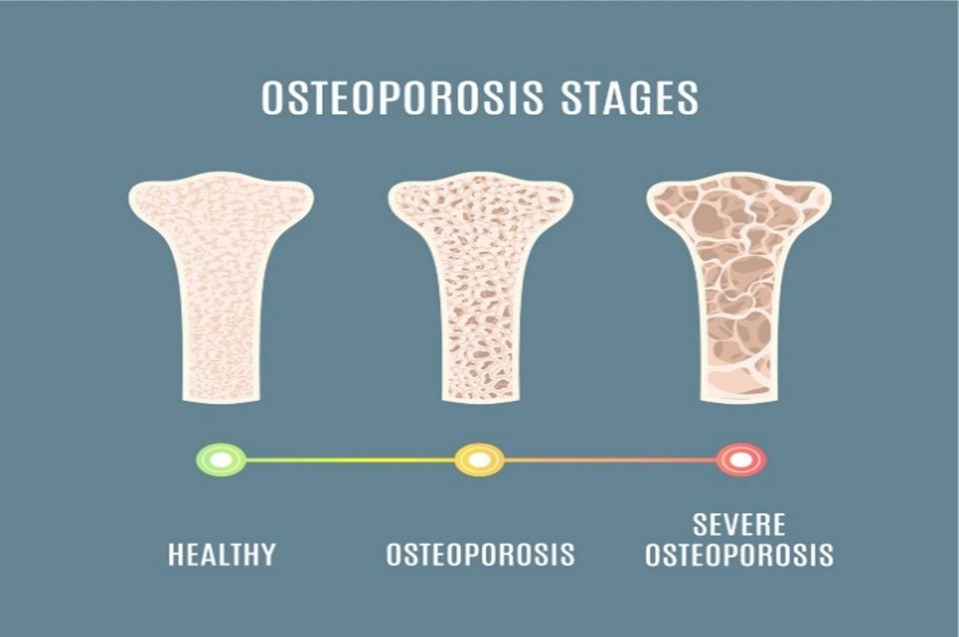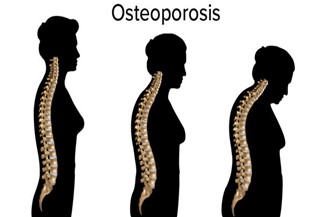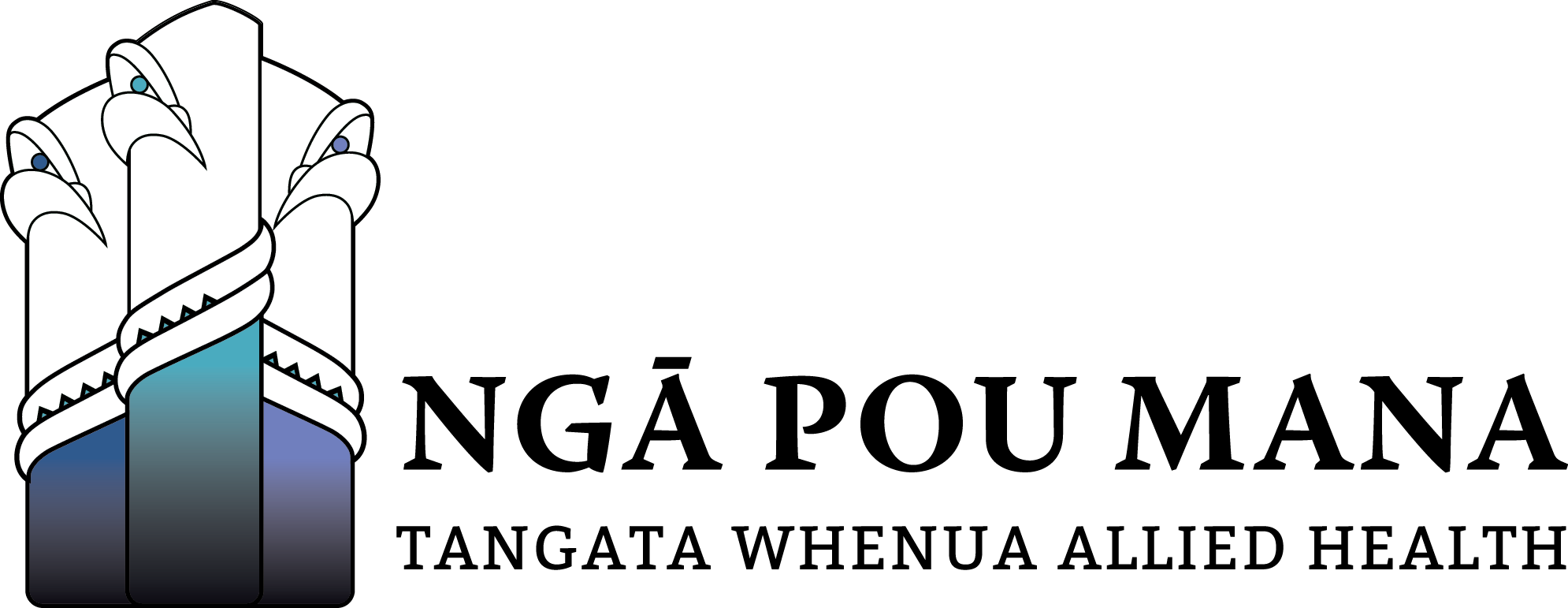Osteoporosis is a bone disease where your bones become weak and brittle due to loss of calcium.
Over time this reduces the quality of bones bones become less dense, and they are more likely to break.
Osteoporosis is referred to as a silent disease because many people don’t realise they have this condition until they break a bone.
Bones are living, growing tissue. A constant process of breaking down old bone and building new bone is necessary to maintain bone strength.
The effects of this disease begin when the breakdown is faster than the re-building, resulting in loss of bone density.
The good news is that osteoporosis can be treated, and fractures prevented.
Symptoms
Sometimes there may be no symptoms in the early stages until a bone break occurs. However, there are signs that the disease is gradually weakening your bones:
- Loss of height over time - caused by compression fractures in the spine
- Chronic back pain - caused by a fracture or collapsed vertebrae
- Hunched or stooped posture
- A bone which breaks much more easily than expected
Risk factors
Gender
Osteoporosis affects more women (especially post-menopausal), than men due to bone loss with loss of oestrogen.
Age
Osteoporosis is more common in older people (bone loss with ageing), although younger people can also suffer from it.
1 in 3 women over 50 and 1 in 5 men over 50 will experience a bone breakage due to osteoporosis.
Osteoporosis can also be attributed to:
- Body size – being small framed, thin, or low body weight
- Inactive lifestyle
- Family history
- Race and ethnicity – Caucasian and Asian women are considered higher risk for developing bone disease
The 4 most common osteoporotic fracture sites:
- Back bone (spinal/vertebral) fracture/crumbling
- Wrist (radius) fracture
- Shoulder (humerus) fracture
- Hip fracture
How to prevent and manage osteoporosis
There are a series of ways you can manage your risk factors for this disease, through:
- Diet and nutrition – eating a variety of healthy and calcium-rich foods and absorbing enough vitamin D.
- Our habits – limiting alcohol and caffeine consumption and avoiding smoking.
- Healthy lifestyle – getting enough sleep, staying active and exercising regularly.
- Consulting with your doctor – along with regular check-ups and bone density tests, your doctor can prescribe medication or recommend hormone replacement therapy.
Get bone safe exercises from your physiotherapist
It is important to know what exercises are healthy for your bones.
It is just as important to know what kind of movement or exercises are not safe for your bones. These can put too much strain on your spine and hip bones, increasing the risk of a bone break.
For example, cardiovascular exercises are great for the heart, but not as beneficial for your bones as weight-bearing exercises.
A physiotherapist can help you with:
- Modifying exercises and finding alternative, safer exercises and movements.
- Education – e.g. an exercise program which is appropriate, individualised, and progressive.
- Pain management to help with associated symptoms.
- Teaching safe moving and lifting techniques.
To find out more about osteoporosis and what styles of movement are right for you, reach out to APM’s physiotherapy team to book a consultation.
Bone safe exercises
For strong bones – bone loading/impact/weightbearing exercises
- Prevents/slows bone loss
- Improves bone density, for stronger, denser bones
- Stimulates/nudges new bone-forming cells into action/ to grow and increase the deposit of calcium into bones
- Sends signals to bones, stimulating bone cells to build bone tissue
Muscle strength training – also called resistance exercises
Resistance exercises could include those which make you move your body, using weights, or some other resistance (elastic bands), against gravity.
These exercises generate muscle tension on the bones (tugging and pushing) to strengthen muscles and stimulate bones to grow stronger.
They also help to build muscles and increase muscle strength, which also stimulates bone growth.
For a steady body – balance exercises
- Improves balance/steadiness/stability
- Prevents falls
- Reduces the risk of fall related fractures
Muscle strength training exercises
- For lower limb and core/trunk muscles
For a straight back – postural/core muscle strength training exercises
- Strengthens muscles to improve posture
- Decreases harmful stress on the back
- Reduces the risk of spinal fractures
- Minimises rounded shoulders seen in osteoporosis
Flexibility exercises
- Improves flexibility – stretching exercises







